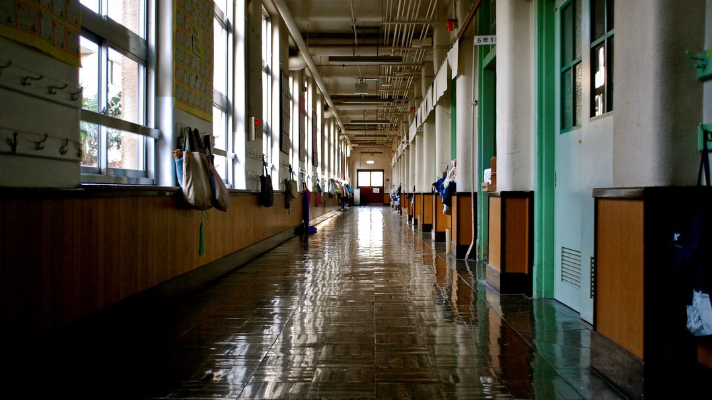7 Benefits of Installing Clocks That Use Wi-Fi in Your School

Time is an essential component of any school setting. Reliable time sources allow school programs to run efficiently with the bells synchronized to go off at the same time. Clocks that use WiFi offer a robust solution for accurate and synchronized time throughout the multi-building campuses. The WiFi clocks utilize wireless technology to connect to in-house network time servers or external internet-based NTPs such as NIST.
The internet-connected clocks synchronize through a single GPS time source, showing the exact time on all displays connected to the network. Here’s why you need clocks that use WiFi in your school time system.
1. Synchronized Time Displays
The network time synchronization allows all clocks connected to the WiFi to display the same time at any given moment. The different campuses and school buildings can benefit from a dependable time source with synchronized time displays. Besides, the clocks come with customized daylight-saving settings that increase their accuracy.
2. Leverage Existing Networks
WiFi clocks use the existing WiFi connectivity around the school to acquire accurate time results from GPS time servers for synchronization. The WiFi digital clock system utilizes 802.11 b/g/n to connect through WPA, WPA2, or open networks. The 2.4 GHz network operates on familiar diagnostic tools and equipment that allow your technicians to customize the school time system easily.
3. Easy Installations
All you need to do is to power the clock, connect to the existing wireless network, and hang the display with synchronized time. The initial configuration may require an Ethernet cable to connect the wall clock to an NTP time source, and voila! You can set up some clocks using apps installed on smartphones and tablets, giving you control over all networks.
4. Accurate Time
Clocks that use WiFi synchronize with internal or external GPS time sources to relay precise time displays. The synchronization of all clocks within the network allows the same time displays throughout campus. The WiFi digital wall clocks have countdown features that can display the amount of time left until the next session.
5. Monitoring Capacity
Network clocks utilize the WiFi’s two-way communication line that allows you to keep a close watch over the performance of the time system. The network can provide regular updates through email of WiFi signal strength, low battery charge, and clocks that haven’t synchronized after a specific period. The information offers you greater control over your clock systems.
6. Low Power Consumption
WiFi wall clocks come in two default categories: analog and digital. WiFi digital clocks use a 12V DC power source. You only need to plug in and begin the configuration. Analogue WiFi wall clocks use either 2 AA or 4 AA standard-sized batteries. 2 AA systems have a lifespan of 2.5 years while in 4 battery version have double the life, and can last up to 5 years.
7. Use of Existing Security Setups
Security is always a huge concern, especially when internet networks come into play. Clocks that use WiFi make use of the existing firewalls in your network systems to keep intruders at bay. You won’t compromise the school’s network security when you install the clocks.
Bottom-Line
Schools are heavily reliant on accurate time to run efficiently. You can install clocks that use WiFi on various hallways and classes to allow students and staff to access precise time through synchronized displays. If you or your school are looking for reliable WiFi clocks, please visit our website today.
